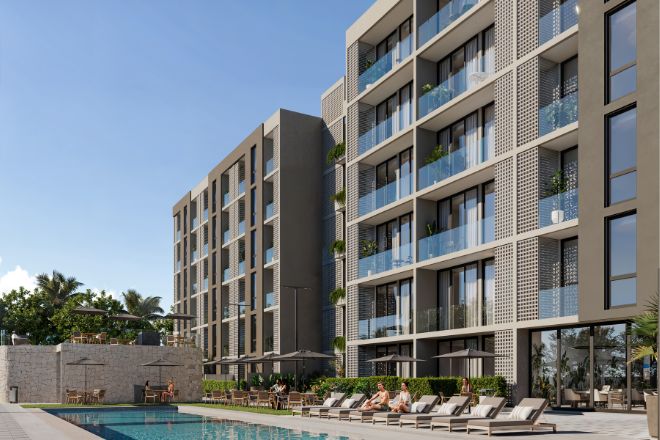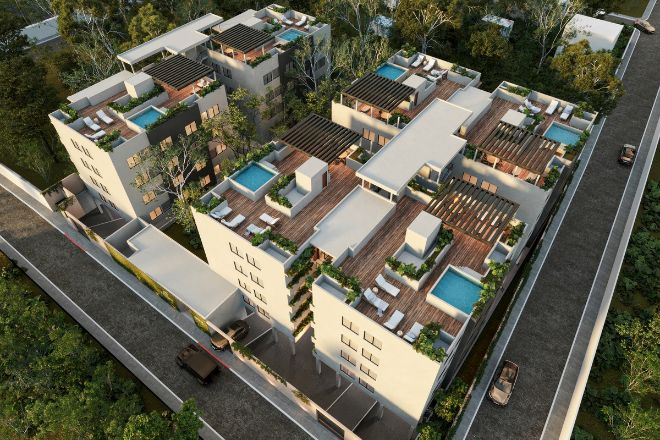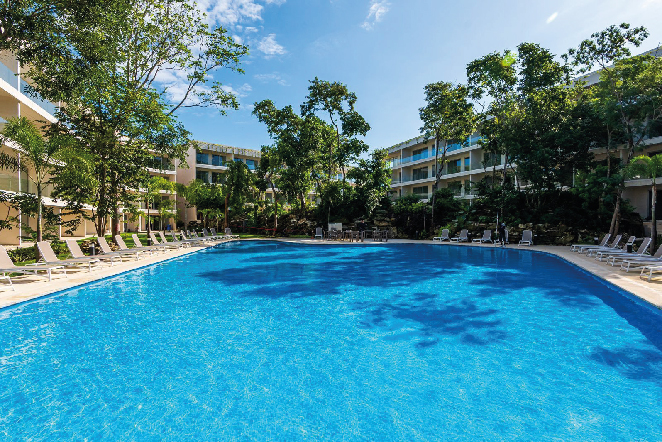
Written by Ly Cotes
Published on August 12th, 2020
Buying land is always one of the smartest and safest real estate investments that you can make, however, to avoid scams it is important to properly inform yourself about the different types of land that can be purchased in Mexico before making this investment. Today I will talk to you about privately owned land and common land (ejido), which are the main investment properties in Riviera Maya.
The ejido
The ejido is a proportion of land designated by the government for communal use, either for agricultural or livestock activities or both. These lands are owned by the government and are administered by three legal bodies; Ejidal Assembly, Ejidal Commissariat, and a Vigilance Council, who are in charge of ensuring compliance with the laws concerning the communal land assets.

Historical background
I know, I know… History is not always funny, but it is certainly important since “You have to know where you come from, to know where are you going”, so let's go back a bit in time.
Before the Mexican Revolution in 1910, the Mexican countryman did not have lands for themselves since these belonged only to the landowners, hence it resulted in one of the most important section of the 1917 Constitution, which remains in force to date, being this is section 27 that would lay the foundations for the reforms that would come later.
The ejido and communal property sought the solution to the existing agrarian problem of that time, on one side there were individuals without land, without rights and jobs, and on the other side people with large plots of land. This solution saw the light in the Agrarian Law, whose objectives were:
1.- Restoring the land to the population that had been stripped of it by the great landowners.
2.- The free distribution of land to the population that lacked it, this in the form of a dowry called ejido.
3.- Create a new land tenure structure that would replace the old system, allowing faster agricultural growth.

Current situation
With the Agrarian Law, the peasants were granted a place to work, live, but above all, a heritage that could only be inherited to their children or transferred within some other family of the same ejido, however, it limited its use exclusively for agricultural production or livestock. It was not until 1992 that the Agrarian Reform was introduced, the objective was to make the land more productive by attracting private investment through the creation of laws, institutions and legal processes that would allow the alienation of possession rights over fractions of ejido land, thus increasing the national competitive capacity in the international market.
Nowadays it is possible to acquire an ejido land, but you would have to become a shareholder of common land (ejidatario) with peasant profession and residence in the area where you plan to acquire the land, and even then it is a process that can take several years. Or, there are local developers with many years of experience in the area who have inherited large plots of land that were previously part of an ejido, but now are in the process of being separated from the National Agrarian Registry, to be registered in the Public Registry of the property becoming an attractive investment´land within areas such as the Yucatan Peninsula (Mérida) or the Riviera Maya (Cancun, Playa del Carmen, Tulum, among others).
Later on, I will give you more details about the process of acquiring this type of investment land, but for now, I can share some of the main differences between a private property land and ejido land or investment land as it is known.
Residential / privately owned land
• Private property usually has a single owner.
• A privately owned land is registered in the Public Property Registry with nomenclature, planking, and deed.
Ejido land / Investment land
• An ejido land has possessors, not owners
• The ejido land, instead of a deed, has an Ejidal Certificate of parcel law.













